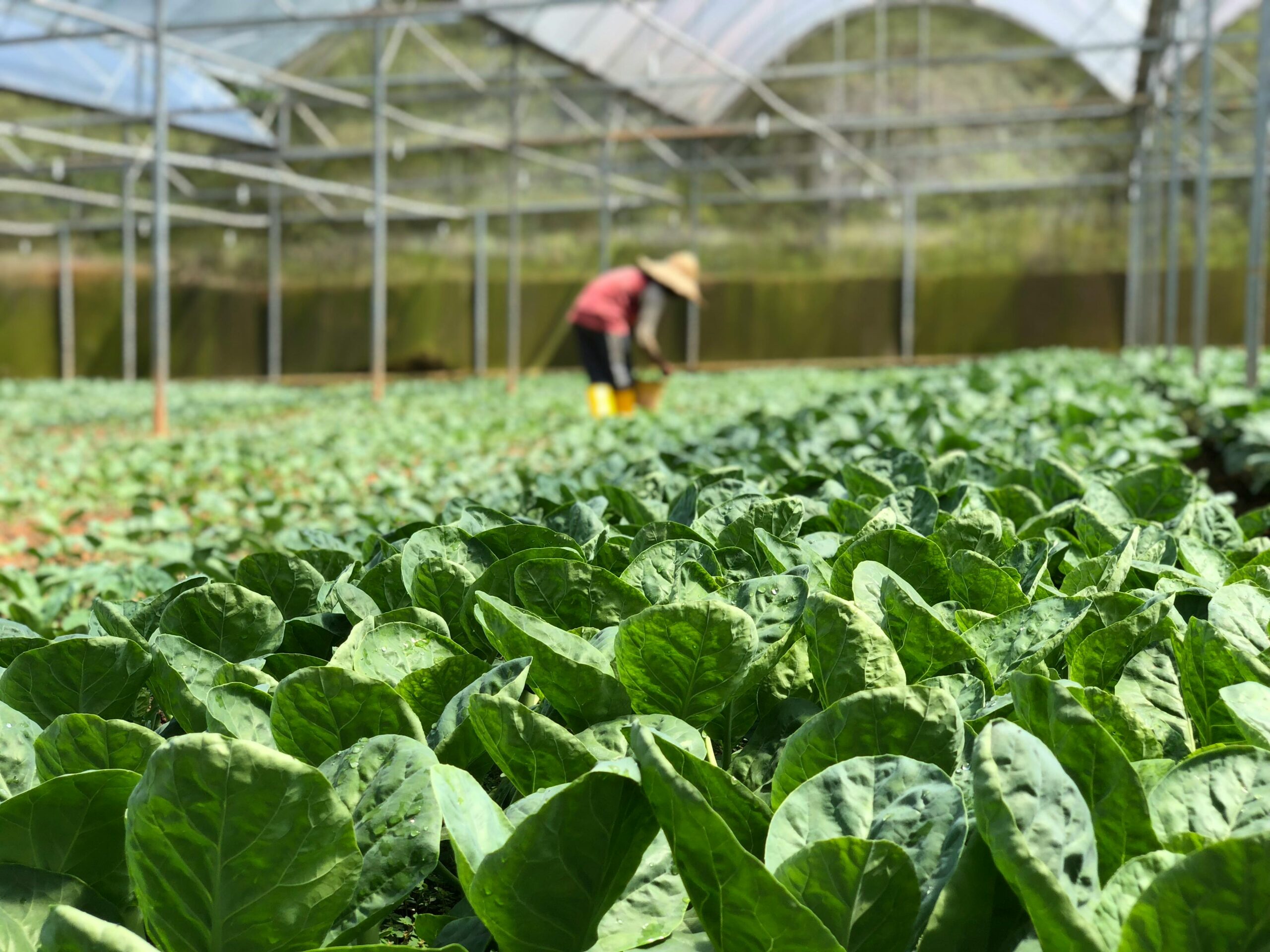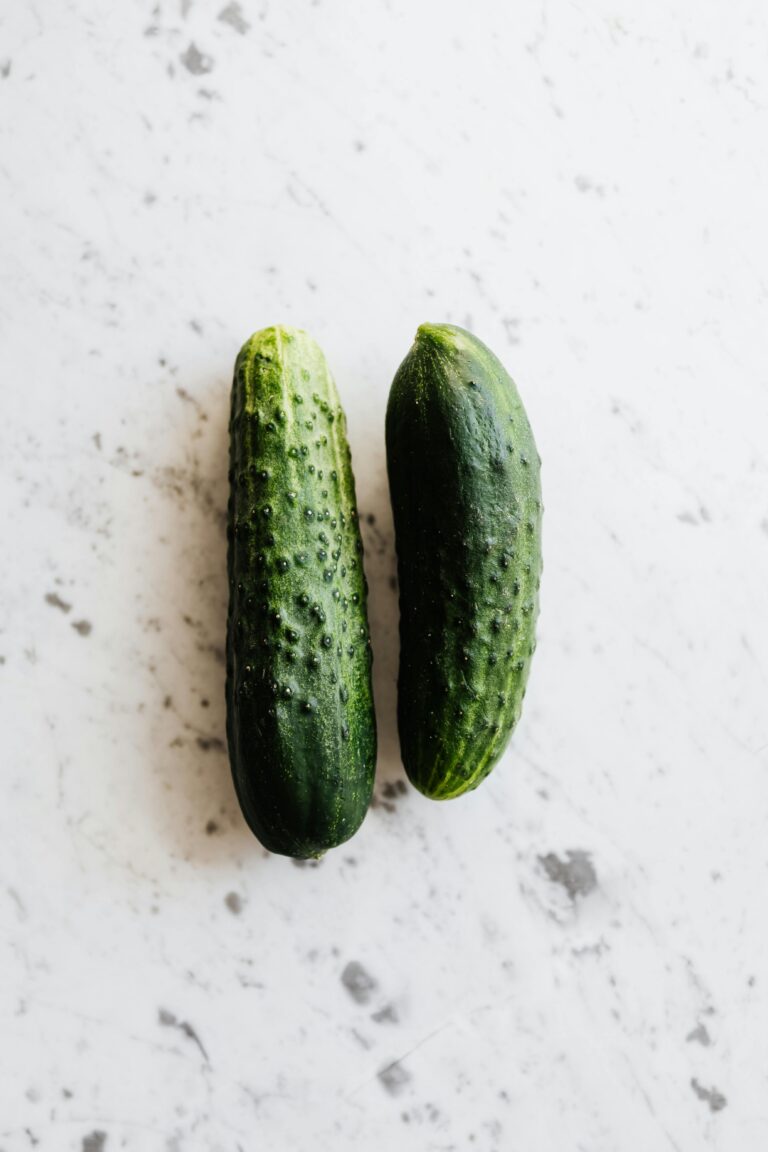No-Till Farming: Revolutionizing Agriculture with Precision and Care
No-till farming, also known as zero-tillage, is an innovative agricultural method that involves planting crops with minimal disruption or without disturbing the soil at all through traditional tillage. Rather than plowing fields, farmers use specialized equipment to create small openings in the soil for seed placement, leaving the majority of the soil undisturbed. This technique maintains the natural structure and composition of the soil, enhancing soil health, reducing erosion, and promoting water retention. Additionally, by minimizing soil disturbance, no-till farming helps reduce carbon emissions and preserve soil organic matter, making it a sustainable choice for modern agriculture.
The Science and Art of No-Till Farming:
Soil Health and Structure
No-till farming preserves the soil’s natural ecosystem, fostering beneficial microorganisms and earthworms that contribute to soil fertility. By maintaining soil structure, this method improves soil aeration and water infiltration, leading to healthier plant roots and better crop yields. The undisturbed soil also retains organic matter, which is crucial for long-term soil fertility and carbon sequestration.
Water Retention and Erosion Control
Once harvested, the remainder of the crop residue is left on the soil surface, which in no-till systems acts as a mulch, reducing water evaporation and enhancing moisture retention. This can be done in a few ways:
- Manual Pressing Method: The non-edible sections of the crops can be pressed to the soil surface using a plank of wood that has a rope attached to it. One person on each end of the plank places the wood against the stems of the plant and applies horizontal pressure to push over the crop, then stands on top of the plank applying vertical pressure to flatten the crop against the soil. This method can be labor- and time-intensive.
- Hand Tractor Method: Another option is to go over the veggie bed with a hand tractor that has a blade attachment to chop the remaining crop just above the soil surface and drop it onto the soil.
Both of these methods are particularly beneficial in arid regions or during droughts. The extra layer of organic material helps to retain moisture in the soil, slowing or stopping evaporation. The mulch layer slowly breaks down and adds to the organic matter content in our soils. Furthermore, the lack of tillage minimizes soil erosion, preserving and building topsoil as well as preventing nutrient runoff. Thus, the topsoil we work so hard to create stays in place and contributes to the overall health of our system.
Carbon Sequestration and Emission Reduction
By leaving the soil intact, no-till farming significantly reduces the release of carbon dioxide stored in the soil. This method reduces the need for heavy machinery, which lowers fuel consumption and greenhouse gas emissions. As a result, no-till farming contributes to mitigating climate change while promoting sustainable agricultural practices.
The Pros and Cons: Balancing Benefits and Challenges
Benefits of No-Till Farming
- Enhanced Soil Health: Improved soil structure, increased organic matter, and thriving soil biodiversity.
- Water Conservation: Better water retention and reduced evaporation.
- Erosion Prevention: Minimal soil disturbance helps prevent erosion and maintain topsoil.
- Carbon Footprint Reduction: Lower carbon emissions due to reduced machinery use and soil carbon preservation.
- Cost Efficiency: Reduced labor and equipment costs by eliminating plowing and tillage.
Challenges of No-Till Farming
- Weed Management: Without tillage to bury weeds, farmers may need to rely more on herbicides, posing environmental and health concerns. In organic and organic plus systems where the use of chemicals is heavily controlled, more labor time needs to be taken to manually weed production spaces.
- Soil Compaction: In some soil types, especially heavy clay, the lack of tillage can lead to compaction, affecting root growth and nutrient uptake.
- Initial Investment: Transitioning to no-till farming requires investing in specialized equipment and acquiring new skills and knowledge.
Embracing the No-Till Revolution
Despite the challenges, no-till farming is gaining popularity among farmers for its numerous environmental and economic benefits. By fostering healthier soils, enhancing crop yields, and reducing costs, no-till farming represents a sustainable and forward-thinking approach to agriculture. As more farmers adopt this method, it holds the promise of revolutionizing food production while preserving our planet’s precious resources.






